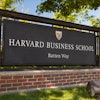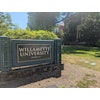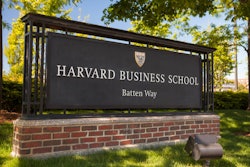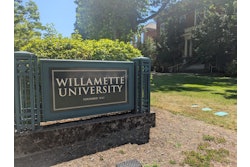 Dr. Tyrone Freeman, associate professor of philanthropic studies at the Indiana University Lilly Family School of Philanthropy
Dr. Tyrone Freeman, associate professor of philanthropic studies at the Indiana University Lilly Family School of Philanthropy
“The advancement field is going crazy about engaging communities of color, and I remember when nobody cared, so this is definitely a good pivot,” said Dr. Tyrone Freeman, an associate professor of philanthropic studies at the Indiana University Lilly Family School of Philanthropy. “A lot of organizations are thinking about what they need to do differently now.”
And what they need to do differently, Freeman and fellow experts say, involves redefining what fundraising success looks like, debunking myths around who gives, and working in development offices themselves to recruit and retain fundraisers from underrepresented groups in this mostly white field.
“How to build an inclusive donor base is a complicated question because we can’t get away from the fact that where money is held in the U.S. is in the hands of white, wealthy, heterosexual men, who have the vast majority of wealth,” said Dr. Noah Drezner, professor of higher education at Teachers College of Columbia University. “So, when you’re an advancement officer being told you need to raise the most money, those are the people you’ll be tapping.”
Misa Lobato, director of prospect management and analytics at the Rhode Island School of Design (RISD), has noticed the same problem in her work and wants donor diversification seen as the urgent issue that it is.
“Every school I’ve worked for has faced the same issue: working with fewer donors who are giving larger amounts,” she said. “But we’re not broadening our donor base. We have declining alumni engagement. So, we’re getting into a situation where we are highly reliant on a few very wealthy donors. I’m not sure that’s sustainable. And even if it were sustainable, is that the kind of community engagement we want? Is that really meeting the goals of philanthropy?”
Freeman referred to his article “A Complicated Love” to highlight part of this problem. In the piece, he described a Latinx graduate of a predominantly white school who was active in alumni clubs. But in the roughly 20 years since he graduated, no one from the school’s advancement office had ever contacted him.
















